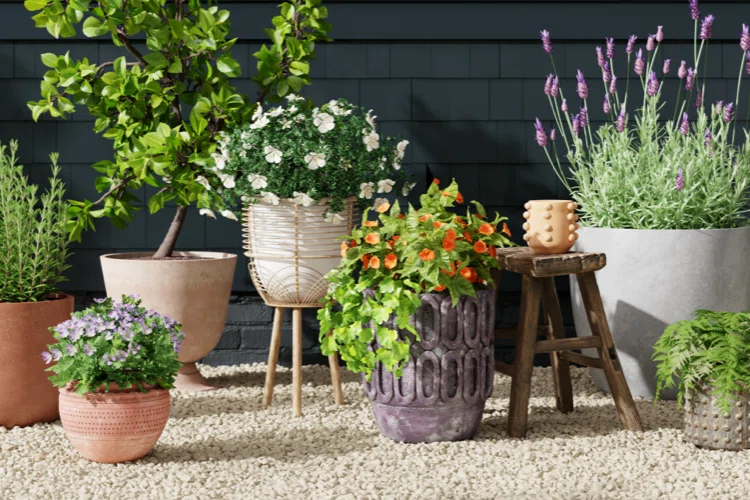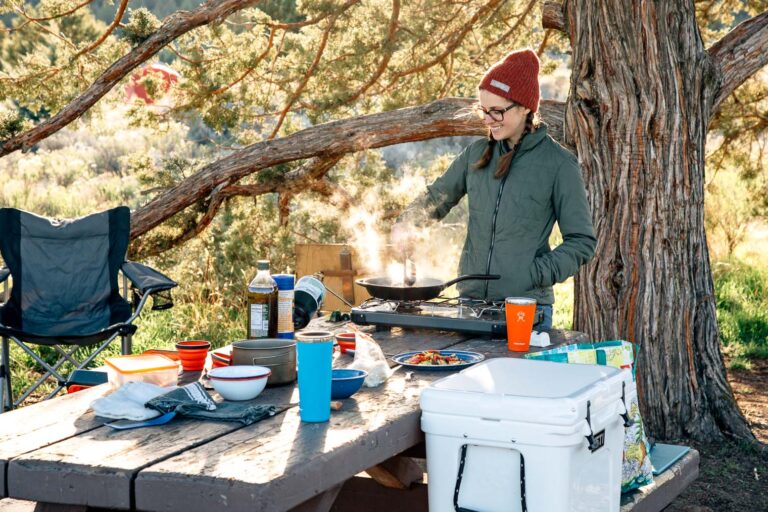
Planting young plants is an endeavor that requires careful consideration of various factors to ensure their healthy growth. One of the primary considerations is the choice of a nursery planter, which can be influenced by services offered by a fencing company in Huddersfield. Just as a baby requires a crib tailored to its size and comfort, young plants need a nursery planter that suits their growth needs. In this guide, we will delve deep into understanding the essentials of selecting the right size and material for your young plants’ nursery planter.
Why Size Matters in Nursery Planters
- Optimal Root Development: Young plants need enough space to develop their root systems. An appropriately sized nursery planter allows roots to spread, helping the plant absorb nutrients efficiently.
- Water Management: The size of the nursery planter plays a crucial role in how water drains. Too small, and the plant might be overwatered. Too large, and the soil may remain wet for longer than desired, leading to root rot.
- Temperature Regulation: Smaller planters tend to heat up and cool down faster than larger ones. This can cause stress to young plants if not considered.
Tips for Selecting the Right Size
- Consider the Mature Size: Think about how big your plant will grow in the next few months. Some plants grow rapidly, while others take their time.
- Research Specific Plant Needs: Some plants, like succulents, prefer being a bit pot-bound, while others need more space to thrive.
- Anticipate Repotting: Young plants will eventually outgrow their initial nursery planter. Consider when you’ll likely need to repot and choose a size that allows for growth until that time.
Material Matters: Understanding Different Nursery Planter Materials
The material of your nursery planter not only affects the aesthetics but also the health and growth of your plants. Here’s a closer look:
Plastic Planters
Pros & Cons
- Pros:
- Lightweight and easy to move.
- Often cheaper than other materials.
- Available in a variety of colors and styles.
- Cons:
- Can degrade over time with exposure to sunlight.
- Less breathable, which can affect soil moisture levels.
Terracotta and Clay Planters
Pros & Cons
- Pros:
- Highly breathable, which is excellent for plants that don’t like to remain too wet.
- Provides a classic, natural look.
- Cons:
- Heavy and can be fragile.
- Can dry out quickly in hot weather, necessitating more frequent watering.
Wooden Planters
Pros & Cons
- Pros:
- Offers a rustic aesthetic.
- Can provide insulation for the roots against extreme temperature changes.
- Cons:
- Can rot over time, especially if the wood is not treated.
- Heavier than plastic and may require maintenance to prevent decay.
Metal Planters
Pros & Cons
- Pros:
- Durable and long-lasting.
- Can offer a modern look.
- Cons:
- Can heat up quickly in direct sunlight.
- Potentially reactive with certain soil types, affecting plant health.
Bringing It All Together: Making The Right Choice
When you’re in the market for a nursery planter, you’re essentially looking for a temporary home for your young plants—a place where they can grow and thrive before they’re either moved to a bigger pot or transplanted to a garden. Here are a few final pointers:
- Consider Your Environment: If you live in a hotter climate, a planter that retains moisture might be beneficial. Conversely, in a wetter environment, you’ll want something that drains and evaporates excess water efficiently.
- Think About Longevity: How long do you plan to use this nursery planter? If you’re looking for something temporary, perhaps plastic is the way to go. But if you want a long-term investment, materials like terracotta or metal might be more appropriate.
- Aesthetic Appeal: While the health and growth of your plant are paramount, it doesn’t hurt to have a nursery planter that complements your personal style and the décor of your space.
Conclusion
Nursery planters are more than just containers; they play a pivotal role in the health and growth of your young plants. By selecting the right size and material, you’re ensuring a conducive environment for your plants to thrive. As you embark on your gardening journey, remember to treat the nursery planter selection process with the same care and attention you’d give to selecting a plant itself. After all, it’s the first home your young plant will know!








